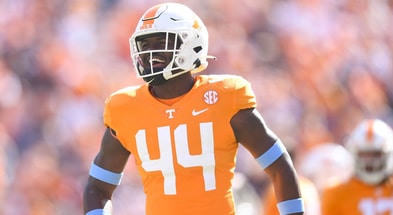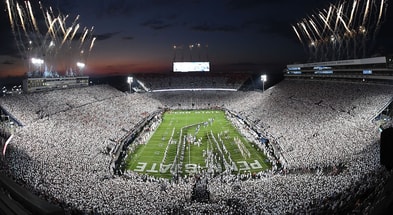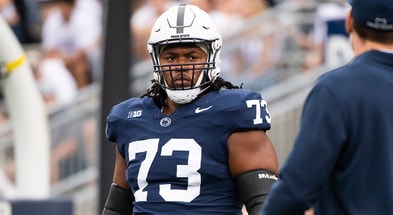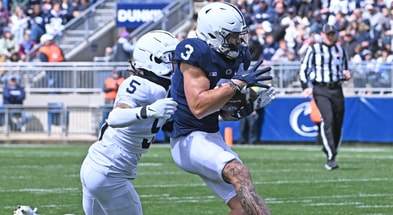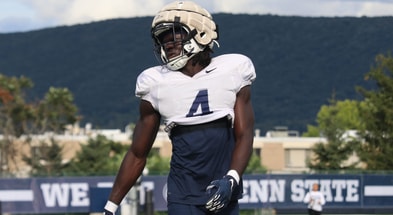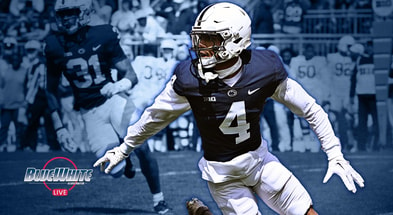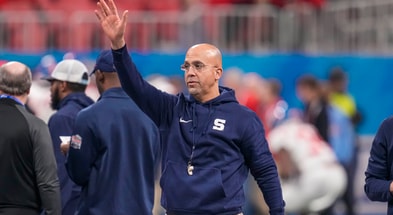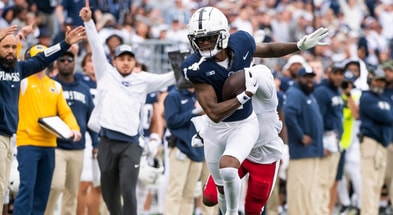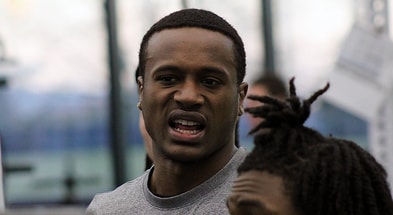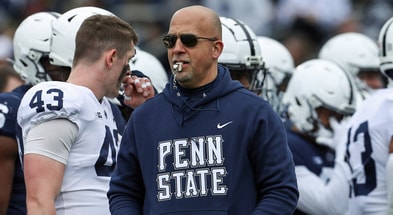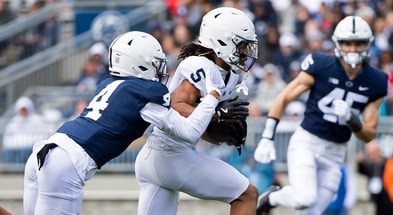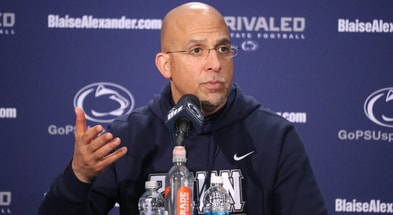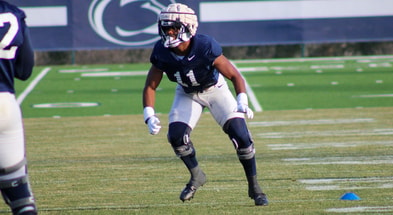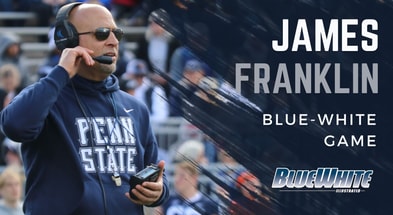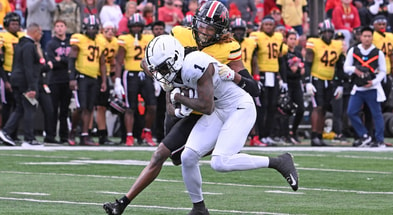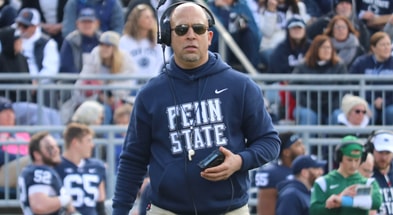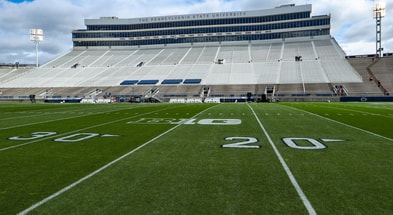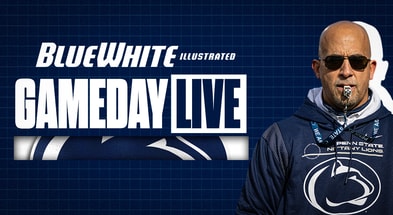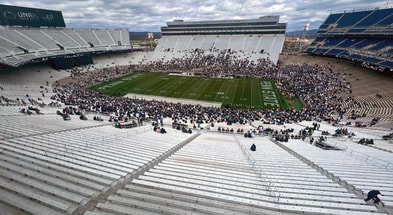At Penn State, needs sharpen against national peers: Column
Within his first months as Penn State’s head coach, James Franklin hinted at what was to come. Taking over a football program engulfed in NCAA sanctions and a mountain of challenges from the fallout of what’d taken place just two years earlier, so much of his time, energy and attention had been devoted purely to staying afloat. But soon into his tenure, Franklin understood that pressing needs were largely unseen by the public eye.
Penn State football’s infrastructure was, being generous, not up to the level it’d been perceived. And, more bluntly, in some circumstances, there were areas of infrastructure in an embarrassing state of disrepair. By the time Franklin hit the road for his first Penn State Coaches Caravan, canvassing the region to connect with donors and the program’s fans, he was laying the groundwork for what’s been a nine-year push for understanding.
And to do so, he urged taking a closer look at the surroundings, both internally and externally.
“Look around the country to see what people have,” Franklin told reporters in May 2014. “We’re going to be able to build a very, very successful program that’s going to be competitive in this conference, but it’s also going to be competitive nationwide. And, I think it’s just important for us to be aware of what’s out there. So, I’d recommend you kind of take a peek at those things.”
As a reporter covering Penn State football, the overwhelming day-to-day routine of the job is a hyper-local experience. At any point in the year, that means time spent at Beaver Stadium, particularly in the press box, the south end zone media room, and to a lesser extent, in the recruiting lounge on the second floor above the media room. It also means a good amount of time spent at the Lasch Building, the practice fields outside it, and the indoor facility, Holuba Hall.
The element that can get lost, of course, is that very few Penn State fans see or interact with any of those venues. The experiences of Beaver Stadium’s concourses inside and outside are shared. But, the vast majority of the public rarely, if ever, has reason to spend time in Penn State football’s home.
When traveling to cover Penn State football at away games, in some ways, the same is true on a much smaller scale. Typically trips involve only entry to the stadium, an elevator ride to a press box, a jaunt through the bowels of the stadium to surface level at the end of the game (or, in some cases, a descent through the stands to the playing field), and into visiting media facilities. Depending on the Big Ten venue, that journey can occasionally lead to a glimpse of team facilities, but not often.
Recently, though, I mistakenly took Franklin up on his suggestion.
Always something of a crapshoot, the trek from Jordan-Hare Stadium’s press box to the postgame media facilities lived up to the billing. Needing to get from one corner of the stadium to a small tunnel leading to Penn State’s locker room on the other, the trip meant an elevator ride down and a backdoor route to the field through some kitchen facilities.
In this case, though, it also meant an accidental walk through Auburn’s in-stadium recruiting lounge. On that afternoon, with minutes waning in Penn State’s 41-12 win over the Tigers, the room included a few glum faces and the space had largely cleared out of visitors. But, on the whole, Franklin’s initial encouragement, one that started on his arrival but has been sprinkled through his public comments ever since, was prescient.
The facilities were impressive and left an immediate impression. On one wall, Auburn’s three Heisman Trophies were encased. The space was new and fresh, televisions showing the game and others all over the room. And the tunnel connecting the room to the playing field was clean, well-branded, and direct, with a foyer area showcasing Auburn’s national championship trophy connecting all of it.
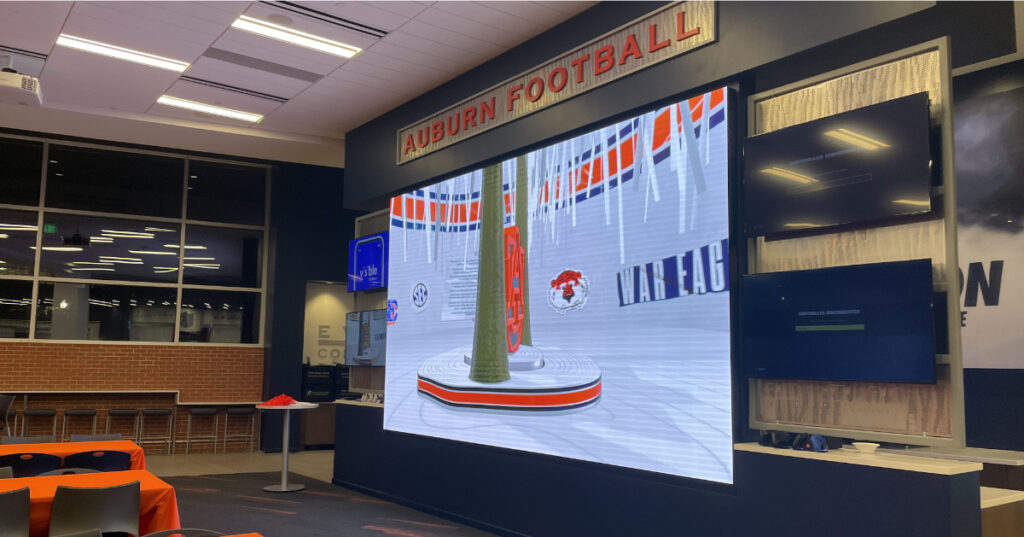
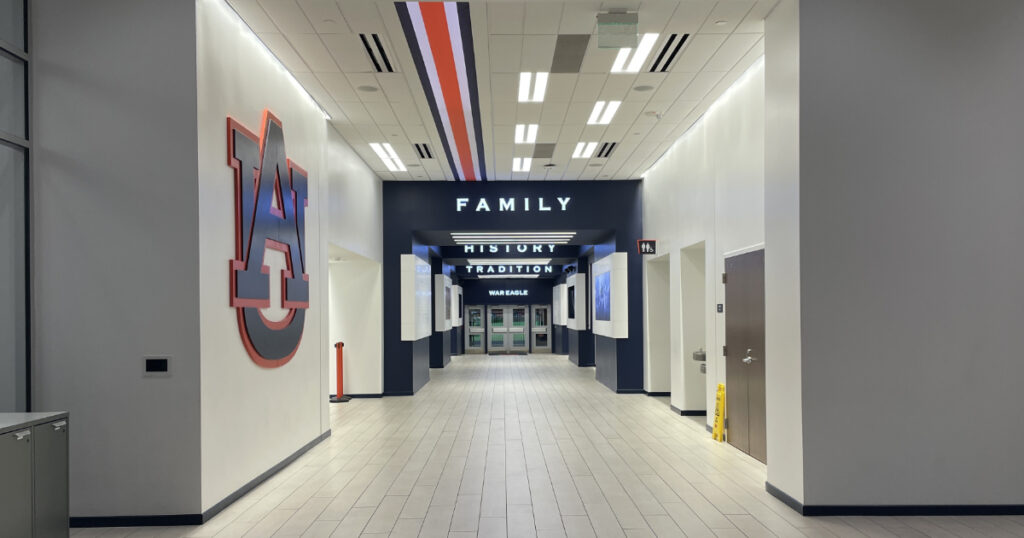
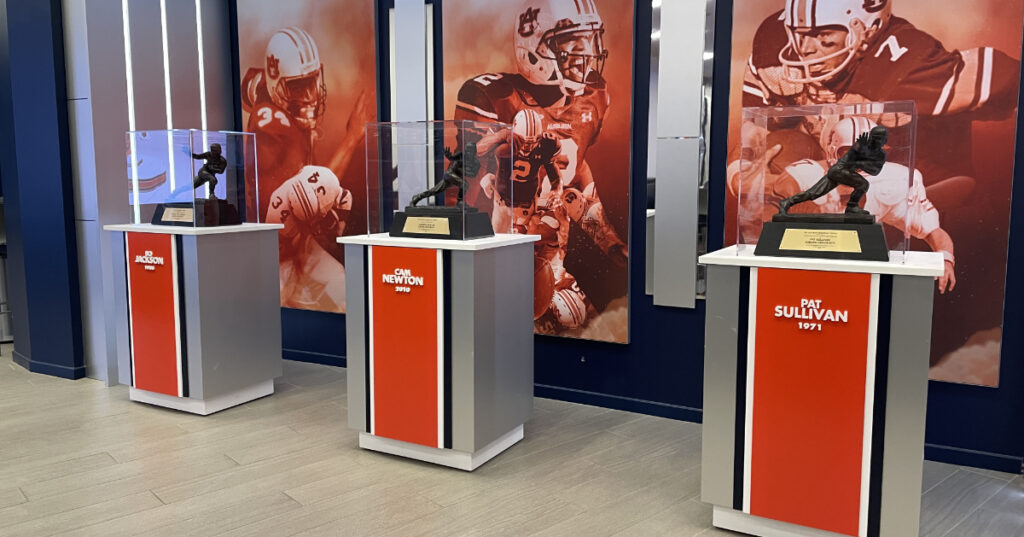
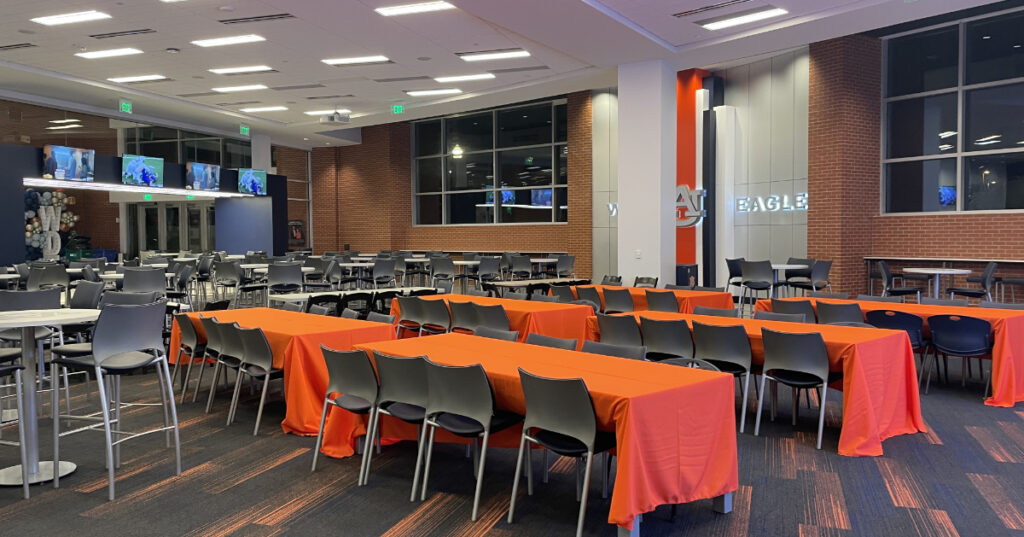
Though unintentional, the first time seeing the recruiting facilities for one of Penn State’s national competitors was eye-opening. Comparing on its face to the recruiting lounge at Beaver Stadium, a space that is largely serviceable to Penn State’s needs (with nice floor-to-ceiling, room-spanning windows), but could use a facelift, it again harkened back to Franklin’s original point.
“A lot of people don’t get a chance to see it. Or if they have seen it, they don’t have anything to compare it to,” Franklin said. “I’ve coached in the ACC, I’ve coached in the Big 12, I’ve coached in the Big Ten, I’ve coached in the PAC 10, the SEC, and the NFL. So I think I’ve got a pretty good perspective of what we’re competing against and what’s out there.
“What I want to do is, I want to make sure that when kids and families come and visit us, they know they’re going to be provided with all the resources that the top 15 programs in the country are providing them.”
A process long in the making, the Penn State football program has taken significant steps toward achieving those aims. A $48 million project expanding the Lasch Building weight room and the player entrance is in its final stages. And it comes on the heels of piecemeal renovations to the main lobby, team and positional meeting space, a coveted quarterback lab, and the player lounge, which have already been completed in the past five years.
More work is still on tap within the building to address outdated coach and personnel office space on the second floor. And, as recently as Franklin’s radio show last Thursday night, Penn State appears to be fast-tracking a project to bring a dining space into the footprint of the program’s expanding facility. The outdoor playing fields have leveling issues to address and Holuba Hall is in dire need of an update, too.
With an announcement of Northwestern’s $800 million project to demolish Ryan Field and build new on the same site in the coming years, Franklin was asked Thursday night by a fan about what he envisions for Beaver Stadium in the next five years. Crediting Northwestern for its ambitious project, Franklin turned his attention inward.
And, though he didn’t announce anything formally, Franklin again put into context the present-day reality of Penn State’s infrastructure needs. Spanning more than just Beaver Stadium, the athletic department’s most visible and expansive front-facing facility, Franklin offered simply that a crossroads will soon arrive, if it hasn’t already.
“For us, I think there have been conversations with our athletic director, Pat Kraft, and then our president, Dr. Neeli Bendapudi, that there are some things that we’re going to have to do,” Franklin said. “Whether it’s football, or the athletic department, or dorms, or some other areas, we’ve probably fallen behind in some things, whether it’s maintenance, or just updating things.
“So, there’s some work that needs to be done. There’s gonna be some tough decisions that have to be made down the road. But we’re getting to a point where we really can’t drag it on anymore. Some decisions are gonna have to be made.”
A conversation long in the making for Franklin, and one certainly of note for Penn State fans and the larger community that surrounds the program even before his arrival, it is one that is soon to grow louder. Afforded a new opportunity to peek at what’s taking place nationally, the window reiterated what Franklin has understood all along.
The crescendo and urgency of holistic improvement to the bones of Penn State football is rightfully so.
